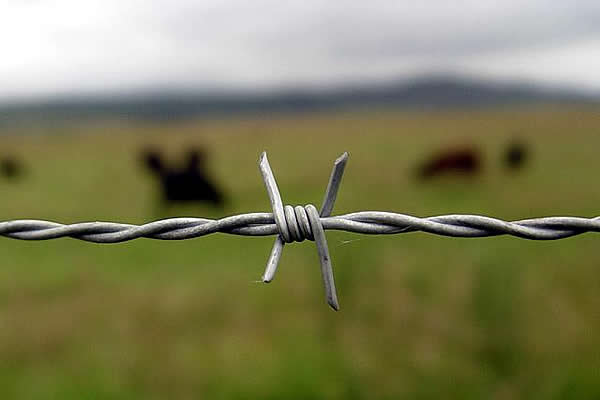 TEL:
+86-13102802206
TEL:
+86-13102802206
 Email:
fencenetting@china.com
Email:
fencenetting@china.com
 Language
Language
 TEL:
+86-13102802206
TEL:
+86-13102802206
 Email:
fencenetting@china.com
Email:
fencenetting@china.com
 Language
Language


Understanding Chicken Wire Mesh Fences A Practical Solution for Poultry and Garden Management
Chicken wire mesh fences, a staple in farming and gardening, provide an effective and economical solution for enclosing poultry and protecting garden spaces. Made from thin wire strands woven together to create a mesh, this versatile fencing option is lightweight, durable, and easy to handle. Its design allows for various applications, primarily serving to keep chickens in and unwanted animals out.
One of the primary benefits of chicken wire mesh fencing is its effectiveness in safeguarding poultry. Chickens are curious creatures that love to explore, and without proper enclosure, they can easily wander off or fall prey to predators such as raccoons, foxes, or hawks. Chicken wire, typically made from galvanized steel or coated with plastic for added protection against corrosion, offers a reliable barrier while allowing air and light to permeate the enclosure, creating a comfortable environment for the birds.
In addition to protecting poultry, chicken wire mesh is also invaluable in gardening. Many gardeners use it to deter rabbits, deer, and other animals that might snatch vegetables and flowers. By erecting a fence around the garden, individuals can enjoy a flourishing array of plants without the constant worry of wildlife damage. The open design of chicken wire allows sunlight to reach the plants while discouraging larger animals from troubling them.

When constructing a chicken wire mesh fence, it’s essential to consider several elements to enhance its effectiveness. First, determine the height of the fence based on the birds you are protecting. A fence that is at least four to six feet high is often recommended for chickens, as it discourages them from flying over. Additionally, burying a portion of the wire underground—about one foot deep—will prevent digging predators from burrowing their way into the coop.
Another critical consideration is the gauge of the wire. Chicken wire typically comes in various gauges, with lower numbers indicating thicker wire. A 19-gauge wire is commonly used for chicken coops, while a higher gauge, such as 23-gauge, may be suitable for less demanding applications. Thicker wire is more durable and may withstand wear and tear from animals better than thinner wire.
Moreover, installation is straightforward, requiring minimal tools. Posts can be made from wood or metal and should be placed at regular intervals to provide sturdiness. Once the posts are anchored, the chicken wire can be unwound and attached to the posts using staples or wire ties. It’s essential to ensure there are no gaps where small animals can sneak through, and regular maintenance checks will help identify any damaged sections that need repair.
In conclusion, chicken wire mesh fences are an excellent investment for anyone interested in raising chickens or maintaining a garden. Their cost-effectiveness, ease of installation, and versatile application make them a popular choice among farmers and gardeners alike. By providing a secure environment for poultry and protecting precious plants, chicken wire mesh fencing stands as a practical solution in the realm of agriculture and horticulture.